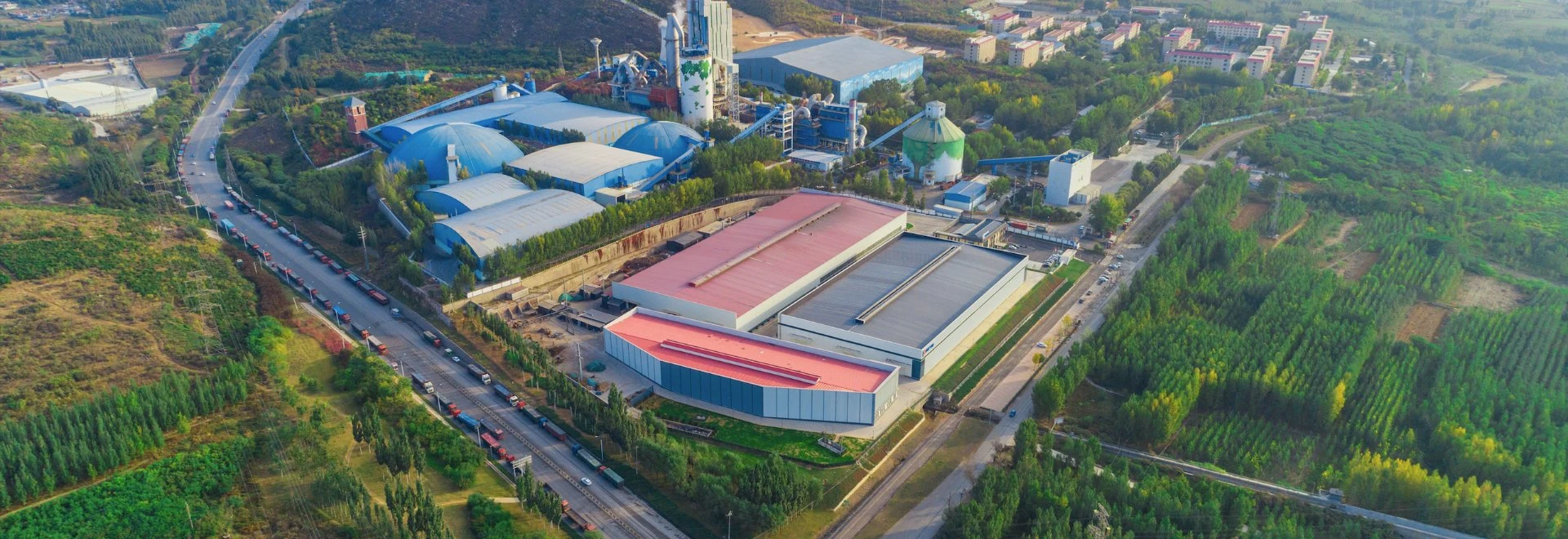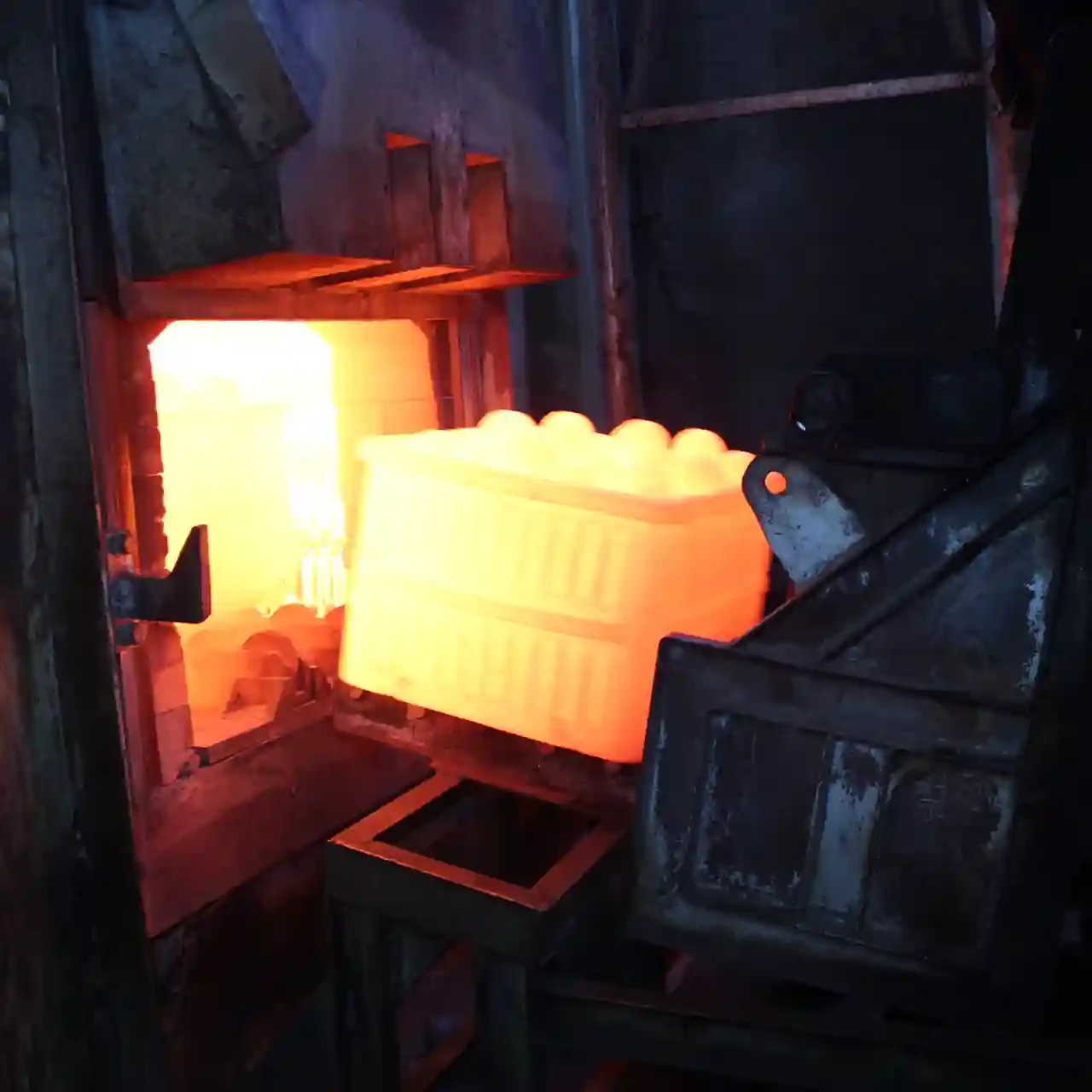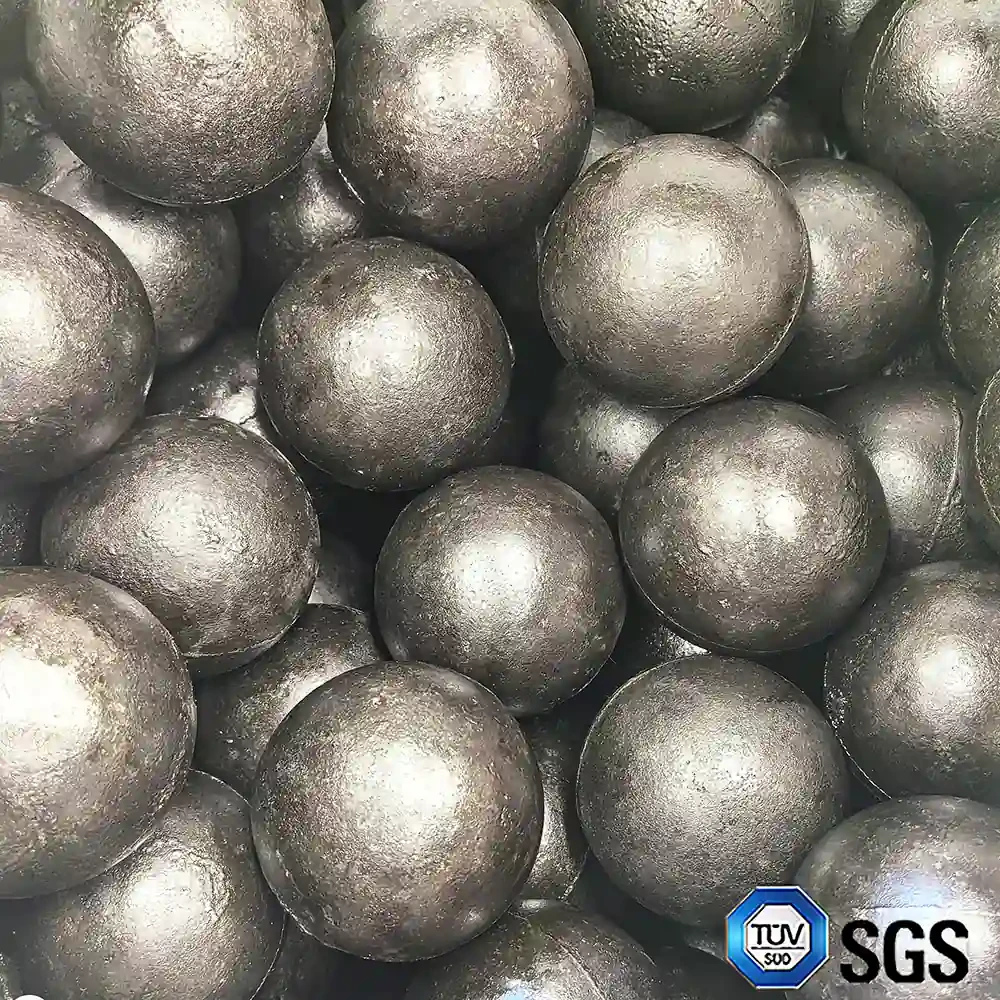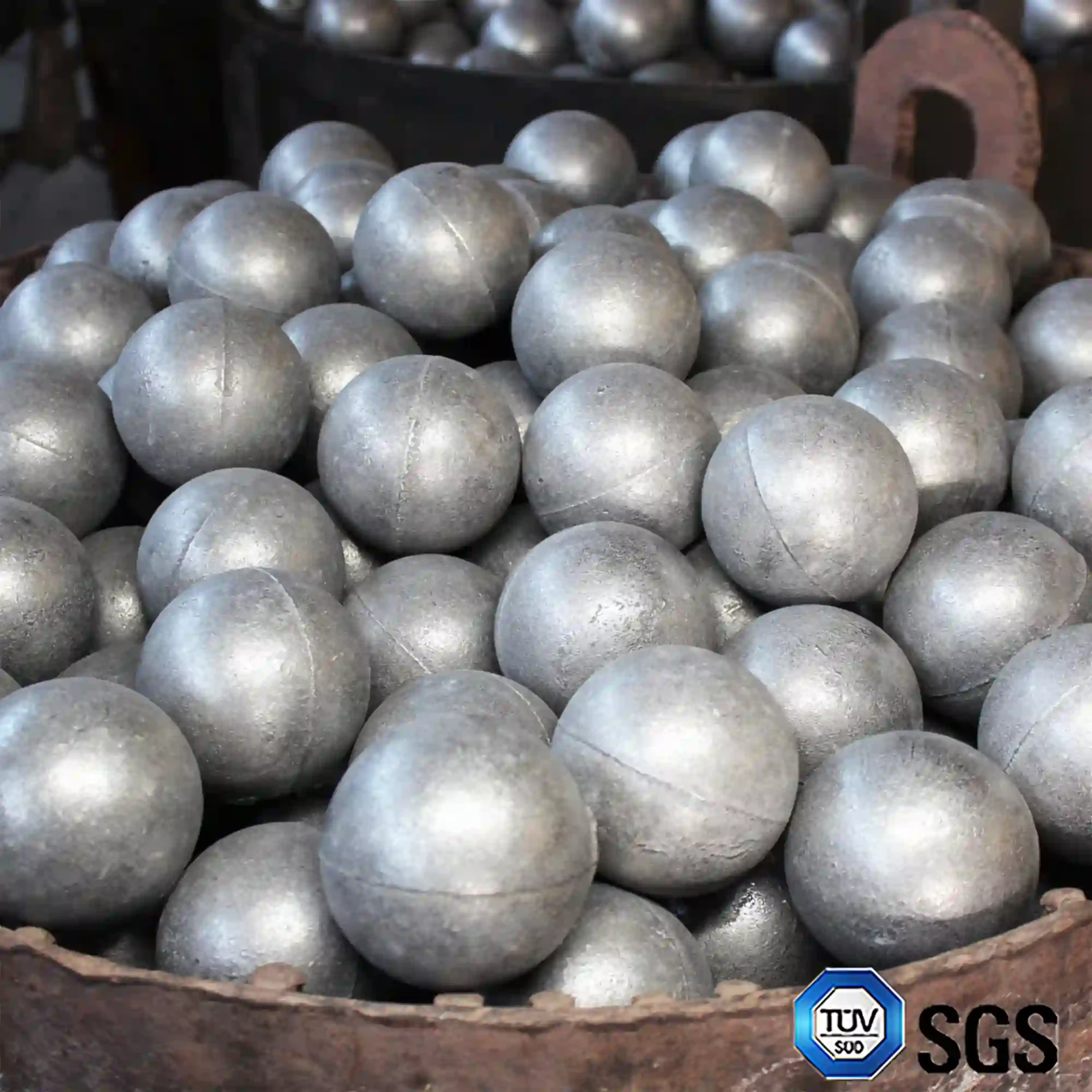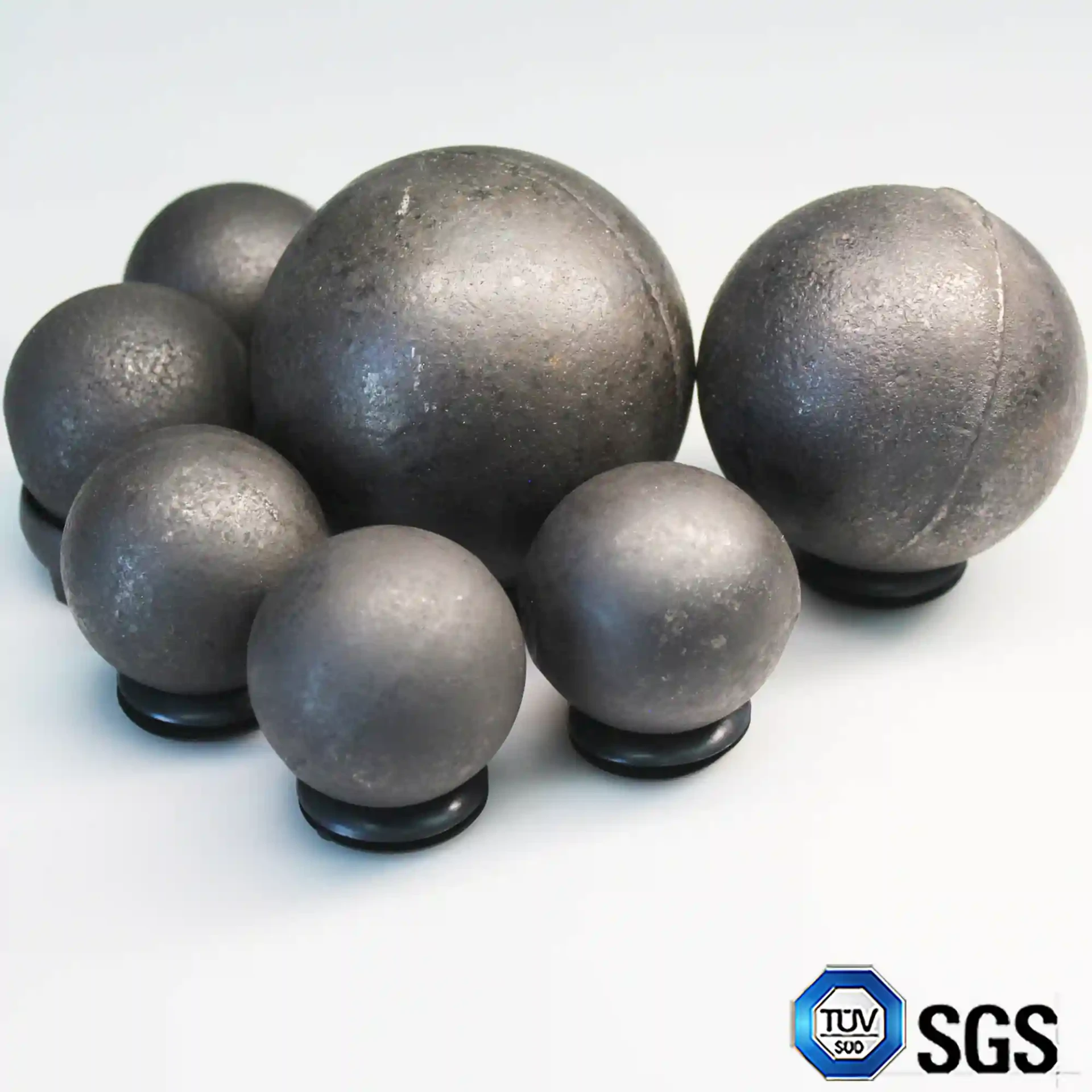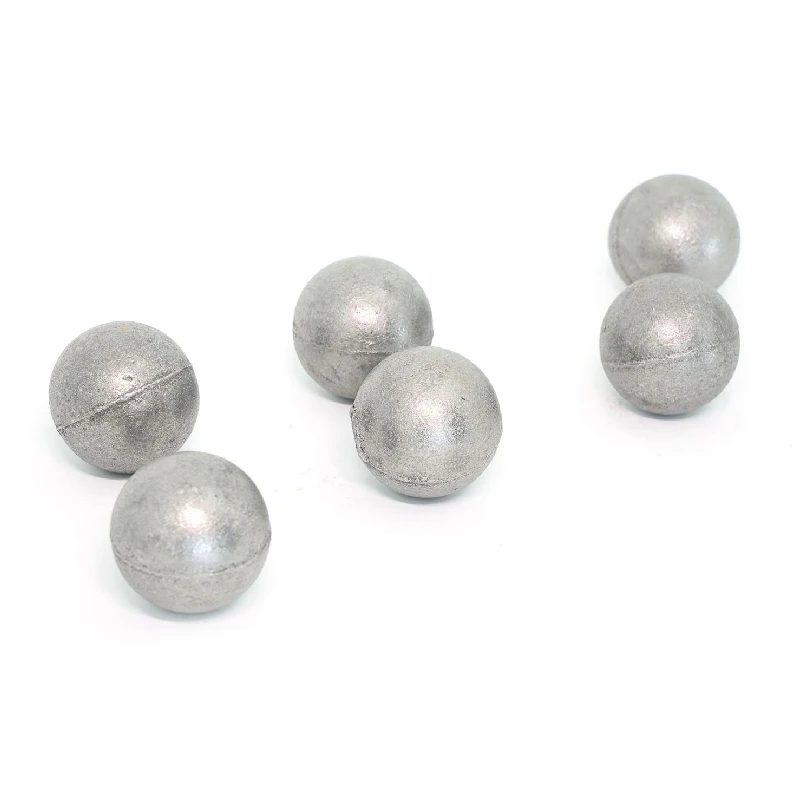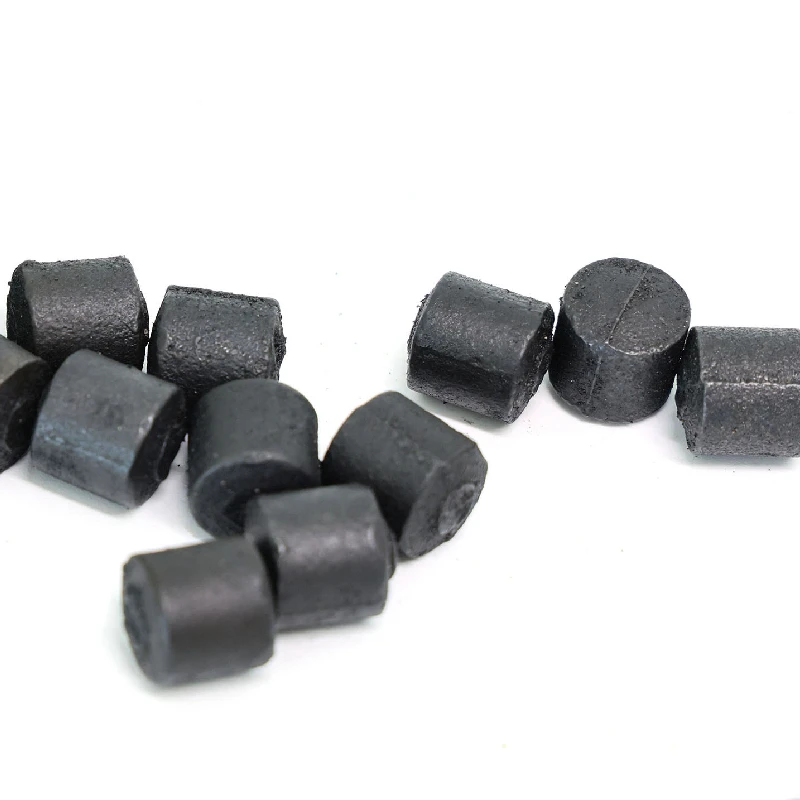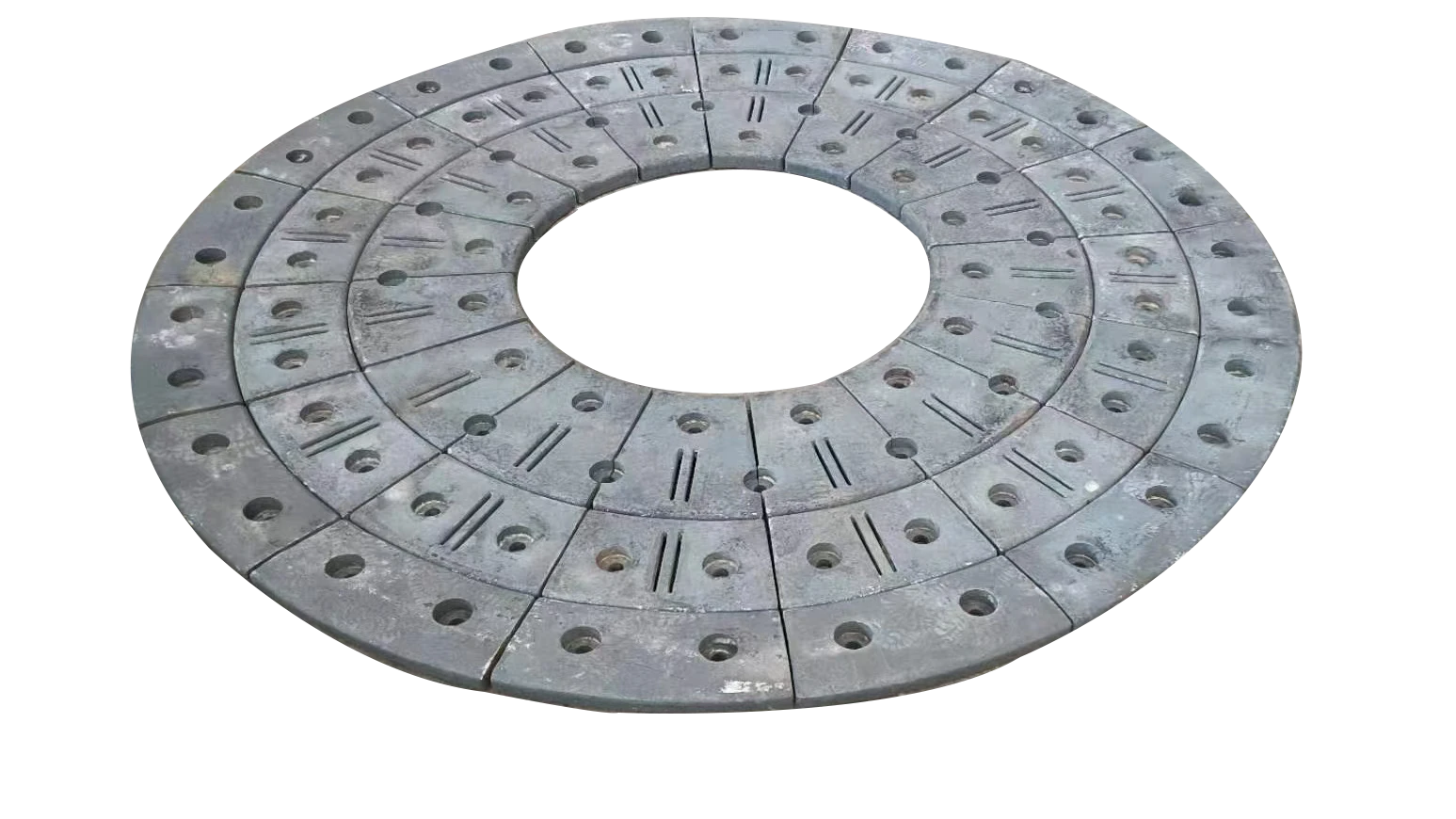Aug . 13, 2025 03:20 Back to list
High Wear-Resistant Manganese Steel Plate | Durable & Strong
Understanding High Manganese Steel Plates: A Core Component in Wear Resistance
In industrial applications where extreme wear and impact resistance are paramount, materials like high manganese steel plate emerge as indispensable solutions. Also widely known as Hadfield steel, this alloy is renowned for its exceptional work-hardening properties, allowing it to withstand severe abrasive and high-impact conditions without fracturing. Its unique microstructure, primarily austenitic, provides a robust defense against material degradation, making it a cornerstone in heavy industries globally. This inherent durability translates directly into extended operational lifespans for critical machinery components, significantly reducing downtime and maintenance costs for businesses across mining, construction, and heavy manufacturing.
The demand for robust materials in sectors like mining, construction, and metallurgy continues to drive innovation in steel alloys. High manganese steel, containing typically 11-14% manganese, is specifically engineered to perform under dynamic loads, where other materials would quickly succumb to wear. This specialized composition ensures that as the surface experiences impact or friction, it hardens rapidly, while the underlying material retains its toughness, preventing catastrophic failure. This dynamic response to stress is what sets a manganese steel plate apart from conventional steels, offering a superior balance of strength and ductility.
Current market trends indicate a growing adoption of advanced wear-resistant solutions, with a particular focus on sustainable and long-lasting materials. Companies are increasingly investing in components manufactured from manganese steel to improve operational efficiency and comply with stricter environmental regulations by minimizing material waste and energy consumption associated with frequent replacements. This strategic shift underlines the economic and ecological benefits of specifying high-performance alloys like a high manganese steel plate in demanding industrial environments, ensuring prolonged component life and reduced ecological footprint.
Technical Specifications and Parameters of Manganese Steel Plate
Understanding the precise technical parameters of a manganese steel plate is crucial for its optimal application. These plates are typically classified by their manganese content and other alloying elements such as silicon manganese or silico manganese, which enhance properties like strength and deoxidation. The work-hardening characteristic means that while the initial hardness might appear moderate, it rapidly increases upon impact, forming a protective layer that resists further abrasion. This unique property allows the material to adapt dynamically to its operational environment.
| Property | Unit | Min/Max Value (Typical) |
|---|---|---|
| Carbon (C) | % | 1.00 - 1.40 |
| Manganese (Mn) | % | 11.00 - 14.00 |
| Silicon (Si) | % | 0.30 - 1.00 |
| Phosphorus (P) | % | ≤ 0.07 |
| Sulfur (S) | % | ≤ 0.04 |
| Tensile Strength | MPa | 800 - 950 |
| Yield Strength | MPa | 350 - 450 |
| Elongation | % | 35 - 50 |
| Hardness (Initial) | HB | 180 - 230 |
| Hardness (Work Hardened) | HB | 500 - 650+ |
These specifications highlight the superior mechanical properties of hadfield steel, making it ideal for components subjected to severe impact, such as crusher jaws, wear plates, and rail frogs. The high manganese content stabilizes the austenitic structure at room temperature, which is key to its remarkable work-hardening capability. When subjected to impact, this austenitic structure transforms at the surface into a harder martensitic phase, significantly increasing the wear resistance without compromising the ductility of the core material. This inherent balance of properties ensures a robust and reliable manganese steel plate suitable for the most challenging industrial applications.
Manufacturing Process of Manganese Steel Plate
The production of a high-quality high manganese steel plate involves a meticulous and controlled manufacturing process to ensure its unique properties are fully realized. This multi-stage process typically begins with the careful selection of raw materials, including high-grade iron ore, ferro-alloys like silico manganese, and high-carbon content. The goal is to achieve the precise chemical composition required for optimal performance and the durability expected from a premium manganese steel plate.
Key Process Steps:
- Melting and Alloying: Raw materials are melted in an electric arc furnace (EAF) or induction furnace. Precise amounts of manganese, carbon, and other alloying elements like silicon are added to achieve the desired composition for the manganese steel plate. Strict controls are maintained to prevent impurities and ensure metallurgical integrity.
- Casting: The molten metal is then cast into ingots or directly into molds for specific components. For plates, continuous casting methods are often employed to ensure uniform thickness and internal structure, minimizing defects and ensuring a consistent foundation for the subsequent processes.
- Hot Rolling (for plates): Ingots are reheated and then passed through rolling mills to reduce their thickness and achieve the desired plate dimensions. This process also refines the grain structure, enhancing mechanical properties and further densifying the material.
- Heat Treatment (Water Quenching): This is a critical step for hadfield steel. After rolling or casting, the steel is heated to a high temperature (around 1050-1100°C) and then rapidly water-quenched. This solution treatment ensures that the austenitic phase is retained at room temperature, which is essential for its work-hardening capability. Without proper quenching, carbides can precipitate, leading to brittleness and compromising performance.
- Machining and Finishing: Depending on the final application, the plates may undergo further processing such as CNC machining, drilling, or cutting to achieve specific shapes and tolerances. Due to its work-hardening nature, high manganese steel can be challenging to machine, often requiring specialized tools and techniques for precise fabrication.
- Quality Inspection: Each manganese steel plate undergoes rigorous quality control. This includes chemical analysis, mechanical property testing (tensile strength, hardness, impact toughness), metallographic examination for microstructural integrity, and non-destructive testing (NDT) such as ultrasonic testing for internal flaws. Compliance with international standards like ISO 9001, ANSI, and ASTM A128 is strictly adhered to, ensuring product reliability and performance for every delivered item.
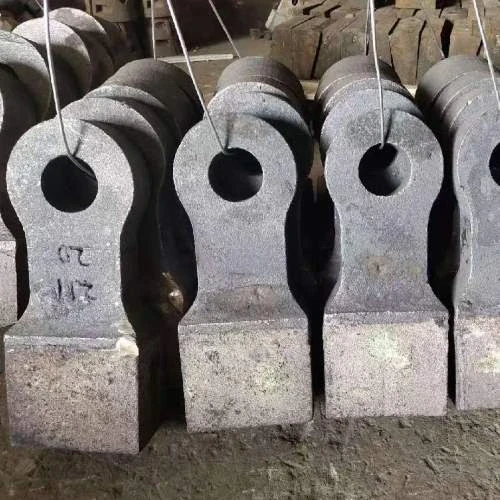
Visual representation of a high manganese steel plate, ready for demanding applications after meticulous processing.
The stringent manufacturing and inspection protocols ensure that each manganese steel plate delivers consistent, high-performance wear resistance, contributing to longer service life and reduced operational costs for industries relying on these durable components. This comprehensive approach guarantees that products meet or exceed the demanding specifications of B2B clients in critical sectors like petrochemical, metallurgy, and water supply/drainage systems, where reliability is paramount.
Applications and Technical Advantages of Manganese Steel Plates
The exceptional properties of high manganese steel plates make them indispensable across a diverse range of heavy industrial sectors. Their ability to self-harden under impact makes them the material of choice for components subjected to severe abrasive wear and high-impact loading. Typical applications include linings for ball mills, crusher jaws, hammer mill parts (such as the High Chrome Hammer Head), chute liners, and railway track components, where continuous impact and friction necessitate an extremely robust material.
Applicable Industries:
- Mining & Quarrying: Used in crushing equipment, excavators, conveyor systems, and ore processing machinery due to its superior impact and abrasion resistance.
- Metallurgy & Steel Mills: Components for blast furnaces, steel-making equipment, and rolling mills that handle hot and abrasive materials.
- Cement Industry: Liners for grinders, crushers, and mixing equipment where severe abrasion from clinker and raw materials is common.
- Construction & Demolition: Wear parts for excavators, bulldozers, and aggregate processing plants, prolonging equipment life.
- Power Generation: Used in coal pulverizers and ash handling systems, where abrasive wear is a constant challenge, ensuring operational continuity.
- Petrochemical & Water Treatment: Though less common, specific components in slurry pumps or highly abrasive fluid transport systems can benefit from the wear resistance of a customized manganese steel plate.
Technical Advantages:
- Exceptional Work Hardening: The defining characteristic, allowing the surface of the manganese steel plate to harden up to 650 HB under impact, while the core remains tough and ductile. This significantly prolongs the component's lifespan.
- High Toughness & Ductility: Unlike many hard materials, Hadfield steel maintains excellent toughness, making it highly resistant to cracking and fracture even under severe impact, preventing sudden and costly failures.
- Superior Abrasion Resistance: Especially effective against gouging and high-stress grinding abrasion, making it ideal for processing tough materials.
- Cost-Effectiveness: While the initial cost of a manganese steel plate may be higher than conventional steels, the extended service life (often 2-5 times longer) and reduced maintenance downtime lead to significant long-term savings and improved operational efficiency. Clients report up to 30% reduction in replacement frequency, directly impacting their bottom line.
- Corrosion Resistance: While not a primary stainless steel, its dense surface layer after work hardening can offer improved resistance to certain corrosive environments compared to plain carbon steels, providing additional value in varied operating conditions.
- Energy Efficiency: By reducing the frequency of component replacements, facilities can lower energy consumption associated with manufacturing new parts and the energy spent during maintenance shutdowns. For instance, a major mining client noted a 15% improvement in overall operational uptime after switching to our manganese steel plate liners for their processing equipment.
Customization and Supplier Comparison for Manganese Steel Plate
Selecting the right supplier for high manganese steel plates is critical for ensuring product quality and application success. While many manufacturers offer these materials, significant differences exist in their manufacturing precision, material purity, heat treatment consistency, and customization capabilities. We distinguish ourselves by offering highly tailored solutions, unlike many standard catalog suppliers who provide generic manganese steel plate products.
Customized Solutions:
Our approach to providing manganese steel plate solutions is centered around the unique needs of each client. We understand that standard sizes and compositions may not always suffice for highly specialized industrial machinery or challenging operating conditions. Our engineering team collaborates closely with clients to develop custom alloy compositions, dimensions, and heat treatments. This includes specific modifications for enhanced weldability, improved machinability, or optimized work-hardening rates tailored to precise impact profiles. Whether it's a unique thickness, a complex shape requiring advanced CNC machining, or specific drilling patterns for seamless integration, our fabrication capabilities ensure a perfect fit for your equipment.
Why Partner With Us?
- Expertise & Experience: With over 20 years of experience in wear-resistant materials, our specialists possess deep knowledge of metallurgical engineering and practical application. Our team includes certified metallurgists and engineers who understand the nuances of every manganese steel plate application.
- Quality & Certification: We adhere to the strictest international standards, including ISO 9001:2015 for quality management. All our products undergo rigorous testing and are supplied with material test certificates (MTCs), ensuring full traceability and compliance with ASTM A128 and other relevant specifications, guaranteeing the quality of every manganese steel plate.
- Advanced Manufacturing: Our facilities utilize state-of-the-art casting, forging, and heat treatment technologies, ensuring consistent quality and superior mechanical properties for every manganese steel plate we produce.
- Global Reach & Service: We have successfully served clients across North America, Europe, and Asia, providing tailored solutions and robust after-sales support. Our average client relationship extends beyond 10 years, demonstrating consistent trust and satisfaction with our products and services.
- Proven Track Record: Our materials have been instrumental in significant operational improvements for clients, including major players in the mining and construction sectors, enhancing the longevity and efficiency of their critical assets with our durable hadfield steel components.
Ensuring Trust and Reliability: FAQs and Support
At our core, we believe that transparency and robust customer support are vital for building lasting B2B relationships. We are committed to providing comprehensive assistance throughout the entire product lifecycle, from initial consultation to after-sales support for your manganese steel plate needs. Our dedicated team is always ready to address your concerns and provide expert advice.
Frequently Asked Questions (FAQs):
- Q: How does the lifespan of your manganese steel plate compare to standard steel alloys?
- A: Our high manganese steel plates typically offer 2 to 5 times the service life compared to conventional alloy steels in high-impact and abrasive environments, significantly reducing replacement frequency and downtime. Specific lifespan depends on the application severity and operational conditions, which we can help assess.
- Q: What is the typical delivery period for custom hadfield steel orders?
- A: Standard orders can be dispatched within 2-4 weeks. For highly customized manganese steel plate fabrications, the lead time is typically 6-8 weeks, depending on complexity and quantity. We maintain robust supply chain management to ensure timely delivery and minimize project delays.
- Q: Do you provide certification and traceability for your products?
- A: Absolutely. Every shipment of our manganese steel products comes with comprehensive Material Test Certificates (MTCs), detailing chemical composition and mechanical properties. Our manufacturing process is fully traceable, from raw material sourcing to final product delivery, in compliance with ISO 9001 standards, ensuring complete transparency for your manganese steel plate components.
- Q: What kind of warranty or after-sales support do you offer?
- A: We provide a standard 12-month warranty against manufacturing defects for our manganese steel plate products. Our dedicated customer support team is available to assist with technical queries, installation guidance, and any post-purchase issues, ensuring optimal performance of your components throughout their operational life. We stand by the quality of our materials.
Our Commitment to You:
Our commitment extends beyond product delivery. We offer ongoing technical consultation and support to help you optimize the use of our manganese steel plate products, providing insights into maintenance best practices and performance maximization. Our goal is to be a long-term partner in your success, providing reliable materials and unparalleled service that contributes directly to your operational efficiency and profitability.
Conclusion: The Enduring Value of High Manganese Steel Plate
The strategic adoption of high manganese steel plate is a clear indicator of a forward-thinking approach in heavy industries. Its unparalleled work-hardening capability, combined with superior toughness and abrasion resistance, translates directly into reduced operational costs, minimized downtime, and enhanced equipment longevity. By choosing a reputable manufacturer with proven expertise in metallurgical engineering and a commitment to customized solutions and stringent quality control, businesses can unlock the full potential of this exceptional material. Investing in high-quality hadfield steel components is not merely a purchase; it's an investment in sustainable operational efficiency and long-term profitability that yields significant returns.
References
- ASM Handbook, Volume 1: Properties and Selection: Irons, Steels, and High-Performance Alloys. ASM International, 1990.
- Hadfield, R.A. "Manganese Steel." Institution of Civil Engineers, Selected Engineering Papers No. 94, 1930.
- ASTM A128/A128M-93(2017) Standard Specification for Steel Castings, Austenitic Manganese. ASTM International.
- JIS G5131: High Manganese Steel Castings. Japanese Industrial Standards.
- Tysiac, J. "The Metallurgy and Applications of High Manganese Steels." Metallurgical and Materials Transactions A, 2018.
-
Expert Insights on Fabrica de Molinos de Bolas: Industry Trends & Global Applications
NewsNov.24,2025
-
Expert Insights on Fabricantes de Bolas de Molienda de Acero: Global Applications & Trends
NewsNov.23,2025
-
Leading Fabricantes de Bolas de Molienda: Your Ultimate Guide to Grinding Balls
NewsNov.23,2025
-
Fabricante de Bolas de Molienda – Quality Grinding Balls for Efficient Industry
NewsNov.23,2025
-
Trusted Proveedores de Medios de Molienda for Efficient Industrial Grinding
NewsNov.22,2025
-
Proveedores de Bolas de Molienda: Your Guide to Top Grinding Ball Suppliers & Industry Insights
NewsNov.22,2025
Realted Products

